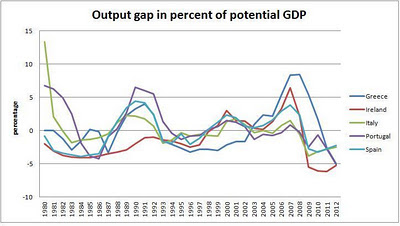Subsidizing youth hiring is wasteful and will yield no positive long-term effects
This post was also published on the Adam Smith Institute blog . The UK Chancellor George Osborne announced his Autumn Statement today, and here are some immediate UK think tank reactions. In summary, the Autumn Statement wasn't surprising; it seems that the taxpayers were bearing the burden of the crisis in order for the government to spend that money on wasteful infrastructural projects, mortgage guarantees (see here ), loans to businesses (see credit easing ) and essentially is trying to guide (dare I say centrally plan) investment incentives in the economy. Within the Autumn statement one proposal in particular caught attention, and it was a policy earlier announced by the LibDem Deputy PM Nick Clegg. The UK government wants to subsidize businesses in hiring young unemployed workers, precisely from the ages of 16 to 24, by offering £1bn to the private sector to take young workers into apprentice schemes. Under a typically political decision and explanat...








